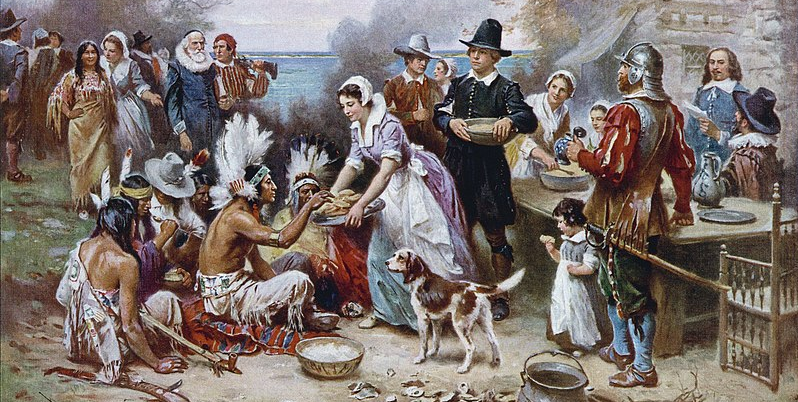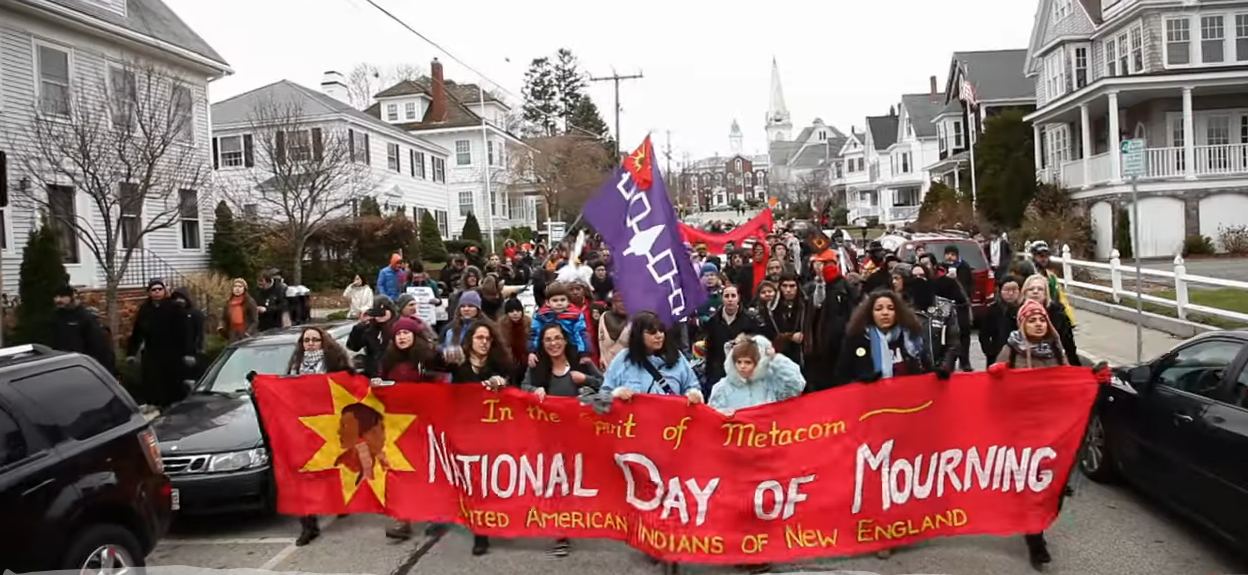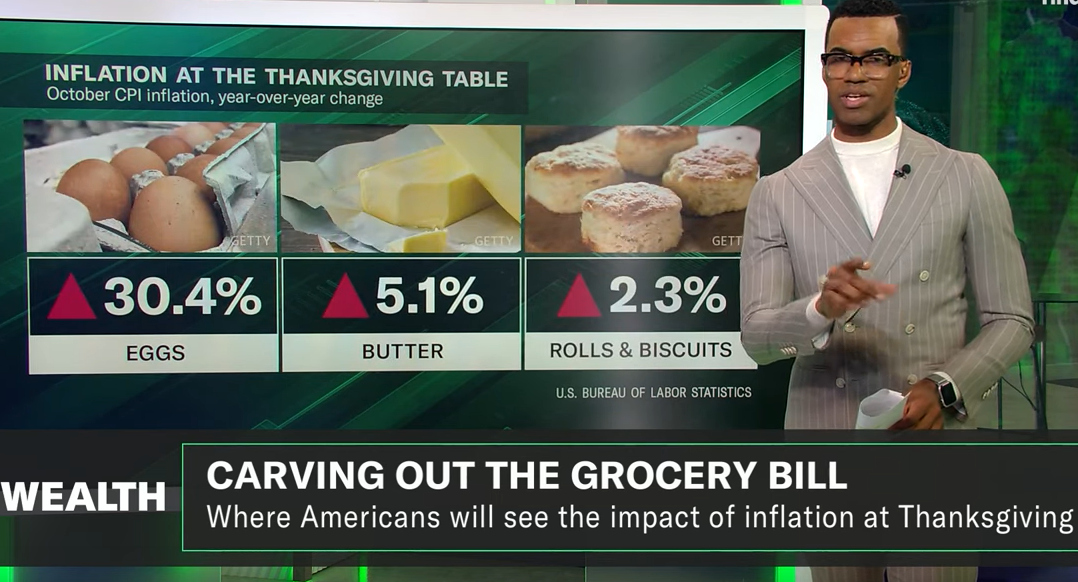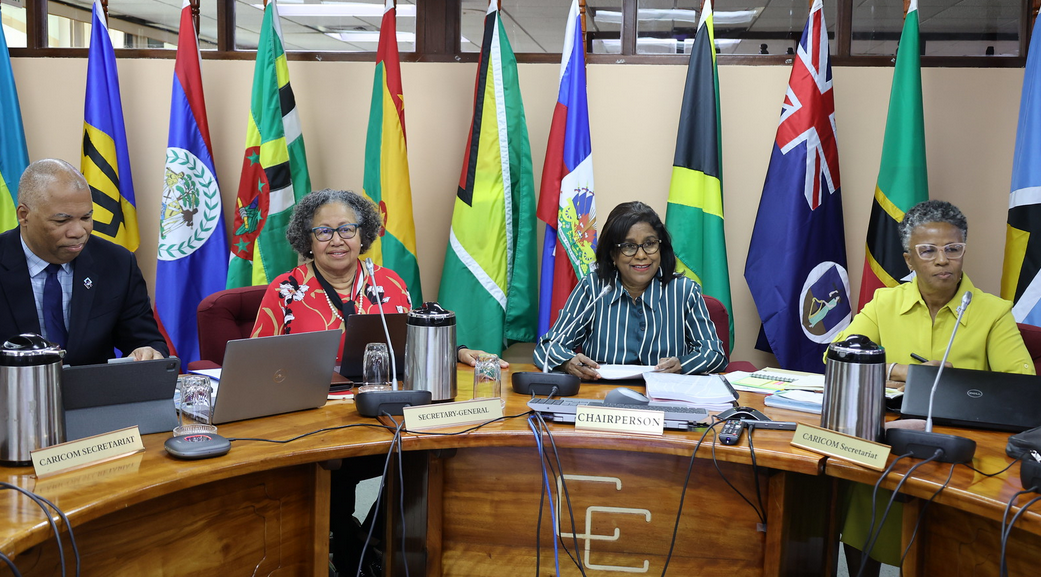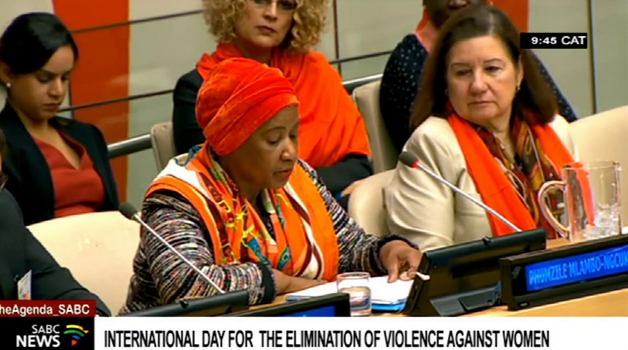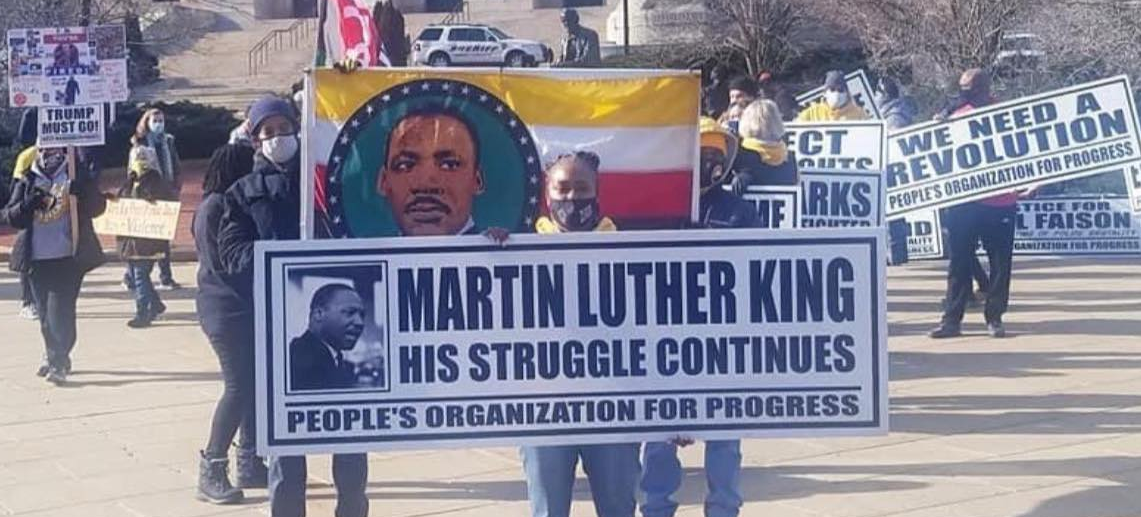A conversation with Bruce Dixon, Managing Editor of the Black Agenda Report
Before nationwide protest erupted in response to the St. Louis Grand Jury’s decision not to indict Officer Darren Wilson for killing Michael Brown, the Black Agenda Report published “Organizing 1, 2, 3, 4” to encourage more than ephemeral outrage. I spoke to Black Agenda Report Managing Editor Bruce Dixon about the basics.
Ann Garrison: Bruce, could you summarize the main points of Organizing 1, 2, 3, 4 and tell us where to find the rest?
Bruce Dixon: Well, anytime real organizers get 4 people, 40 people, or 400 people in a room, at a street meeting, in a flashmob or wherever, they’re sure to get their names, their phone numbers, and their e-mail addresses. Social media like Tumblr, Facebook, Pinterest, and Twitter may have allowed you to assemble that crowd, but you don’t want to depend on social media as being the only way that you can recontact them.
And in fact, Facebook doesn’t necessarily give you anybody’s real name and it never gives you their e-mail addresses or their phone numbers. None of the social media platforms give you this stuff because in the end, even social media platforms are commercial enterprises and their business model is to assemble maps of who influences who and then sell that information to marketers. They are not there to be organizing tools.
But anytime you get a crowd together, a real organizer knows that you’ve got to get their names, addresses and phone numbers. Take the Million Man March in 1995. They actually did have a million plus people there, and the organizers of the Million Man March remembered to pass the hat and collect money, but they did not pass a sign-in sheet because the organizers, in that instance, forgot how to organize. So we’re just hoping that the people who pull things together, and pull their neighbors and friends together around Ferguson and the next two or three or ten atrocities that happen after Ferguson don’t make that mistake and do take peoples names, addresses, and numbers.
AG: Would you like to say anything in particular about sites like change.org, where petitions about Ferguson are now appearing?
BD: Yeah, the deal there, once again, is that the corporate social media petition sites may give you a warm feeling inside that you get from having started something, clicked on something, and participated in something, but they do not give you, the organizers of the petition, any way to see who those 10,000 or 20,000 people who signed the petition are. You may see their names, but you will never see their e-mail addresses, or their phone numbers. So really, you haven’t organized anything. You’ve just got a bunch of people to sign this stuff and you can’t call those people together again.
Those sites may sell the data they’ve collected and their marketing maps to the Democratic Party or other organizations with corporate funding, but the price will be way beyond what grassroots organizers can pay.
AG: I’m looking forward to the new petition site that empowers organizers.
BD: We’re working on it.
AG: Thanks for speaking to BSN.
BD: Pleasure.







